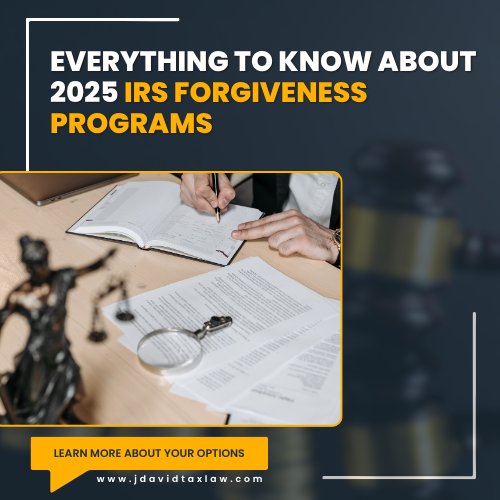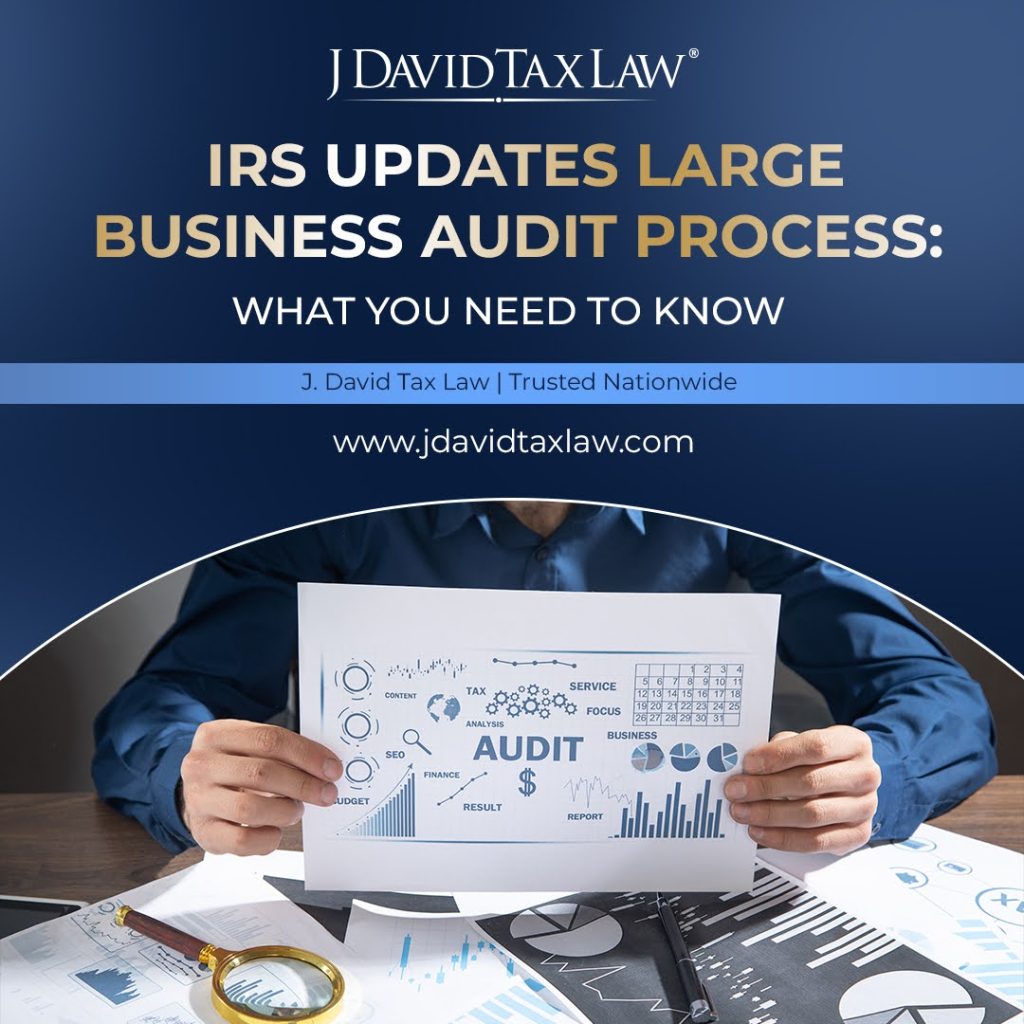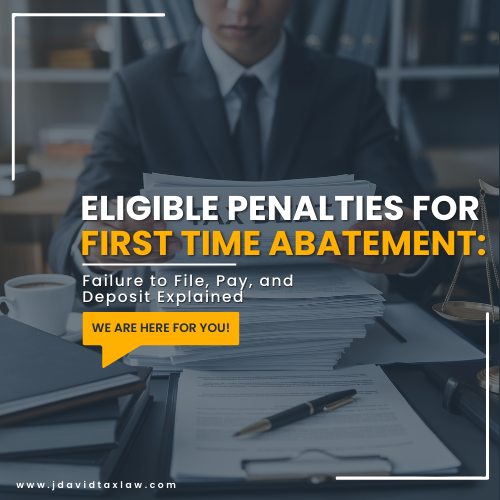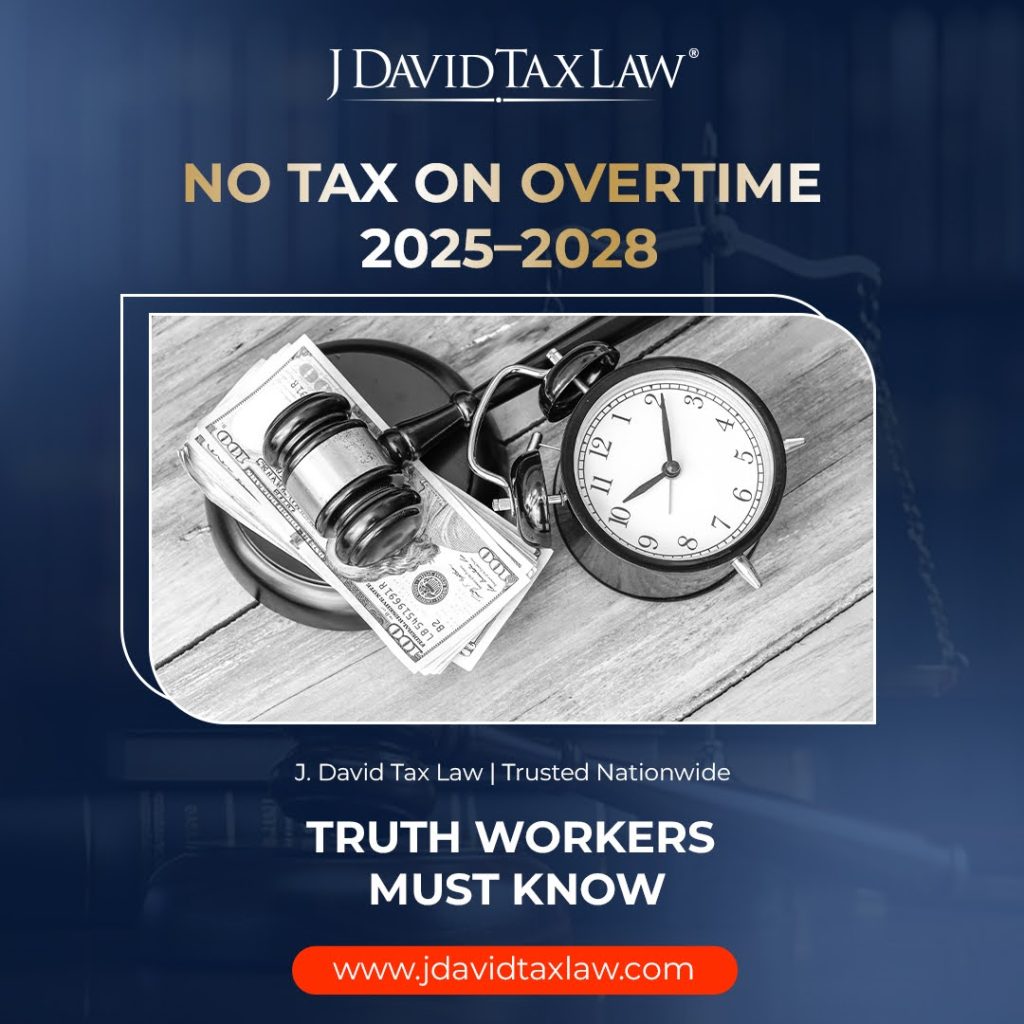If you have IRS tax debt, you may have heard of “tax forgiveness” programs that can reduce or even eliminate what you owe. However, many taxpayers are surprised to learn that there is no single IRS program officially called “Tax Forgiveness.”
Instead, the IRS offers several legal options that can help taxpayers settle debt, lower penalties, or temporarily stop collection actions.
The key is understanding which of these options fits your situation. Choosing the right path could save you thousands of dollars and protect your income from aggressive IRS collection efforts.
In this guide, we’ll walk you through everything you need to know about IRS tax forgiveness options. You’ll learn how they work, who qualifies, and how to start the process of getting the tax relief you need.
The IRS is Forgiving Millions Each Day. You Could Be Next.
What Is IRS Tax Forgiveness?
If you’ve heard the term “IRS tax forgiveness,” you might be wondering what it means. While no official program has that exact name, the IRS offers several options to help you reduce or resolve your tax debt.
In simple terms, IRS tax forgiveness refers to tax debt relief programs. These programs are designed to help you:
Settle your tax debt for less than the full amount owed
Remove certain penalties and reduce interest
Pause IRS collection actions if you’re unable to pay
Set up a payment plan that fits your current finances
These options are available to taxpayers who can show that paying their full tax debt would create financial hardship or that penalties were added unfairly. If you’re struggling with tax debt, understanding these programs is the first step toward finding relief.
Who Qualifies for IRS Tax Forgiveness?
As you might have deduced from the infographic above, you must be poor or wrongly taxed to qualify for most tax debt relief programs. When reviewing any request for tax debt relief, the IRS will scrutinize your income, assets, living expenses, and overall ability to pay.
To consider you for relief, the IRS will expect:
All required tax returns are filed
An honest, accurate picture of your income and expenses
Information about your assets (home, savings, retirement accounts)
A financial profile that shows why you can’t pay the full amount
If you’re unsure whether you qualify, speaking with a tax attorney can help you understand your options and improve your chances of approval.
Main IRS Tax Forgiveness Options
When people talk about IRS tax forgiveness, they’re usually referring to a group of programs that help reduce or resolve tax debt. Each option works a little differently, and the right choice depends on your financial situation.
Here are the most common IRS tax forgiveness options:
Offer in Compromise (OIC)
An Offer in Compromise is a plea to settle your tax debt for less than the full amount owed. If the IRS agrees you can’t pay the full balance, they may accept a lower lump sum or a short-term payment plan. J. David Tax Law recently helped one client reduce a $1.2 million IRS debt to just $60,300 through a successful appeal, saving over 95% of the balance.
Currently Not Collectible (CNC)
If paying your tax debt would leave you unable to cover basic living expenses, you may qualify for Currently Not Collectible (CNC) status. This temporarily stops IRS collection efforts such as wage garnishments or bank levies.
Many J. David clients in CNC status have avoided forced collections while dealing with financial hardship or life changes. Don’t give up hope even if you’ve had a CNC application turned down. With the experts in charge, you can appeal the denial and get the tax forgiveness you deserve.
Penalty Abatement
The IRS may remove certain penalties if you qualify for penalty abatement. First-time penalty abatement is available if you have a good filing history, and reasonable cause abatement applies when valid life events, such as illness or disaster, affected your ability to comply. In one case, J. David Tax Law saved a client more than $150,000 in penalties and interest after pursuing abatement through multiple appeals.
Partial Payment Installment Agreement
If you can’t afford to pay your full tax debt through a standard payment plan, the IRS may approve a Partial Payment Installment Agreement. This option lets you make smaller monthly payments based on what you can afford. If the statute of limitations runs out before full repayment, the remaining debt may be forgiven. J. David Tax Law attorneys regularly use this tool to help clients avoid overwhelming payment terms.
Innocent Spouse Relief
Innocent Spouse Relief can remove your responsibility for tax debt caused by a spouse or ex-spouse if you didn’t know about the error when you signed a joint tax return. The IRS grants relief when it would be unfair to hold you liable. In recent years, thousands of taxpayers have been released from unjust tax debts through this important protection.
How Much of Your Tax Debt Can Be Forgiven?
The amount of tax debt the IRS may forgive depends entirely on your financial situation and which program you qualify for. There is no set percentage, as every case is different.
With proper application of an Offer in Compromise, some taxpayers settle for pennies on the dollar, while others pay a larger portion of what they owe. If you qualify for penalty abatement, the IRS may remove 100% of certain penalties and related interest, though the underlying tax remains. Your debt may shrink through Partial Payment Installment Agreements or Currently Not Collectible status if the IRS’s 10-year collection period runs out before the balance is fully paid.
An experienced tax attorney can review your case and help you understand what type of forgiveness is realistic for your situation, whether that means settling for less, removing penalties, or pausing collection actions while you recover financially.
How to Apply for IRS Tax Forgiveness
Applying for tax forgiveness starts with understanding which program fits your situation. Each option has different forms, requirements, and steps.
If you are pursuing an Offer in Compromise, you will need to complete IRS Form 656 along with a detailed financial statement. For penalty abatement, a written request and supporting documents must be submitted. To request Currently Not Collectible status or a Partial Payment Installment Agreement, you must provide full financial details, usually on IRS Form 433-A or 433-F.
No matter which path you take, the IRS will review your income, expenses, assets, and tax filing history. It is important to file all required tax returns before applying. Working with an experienced tax attorney can help you avoid costly mistakes and improve your chances of approval.
How Long Does the Process Take?
The time it takes to complete IRS tax forgiveness depends on which option you pursue and how complex your case is.
An Offer in Compromise typically takes between six to twelve months for the IRS to review and make a decision. Penalty abatement requests may be processed in a few months, though more complicated cases can take longer. Approval for Currently Not Collectible status or a Partial Payment Installment Agreement can sometimes happen within weeks, depending on how quickly you submit the required financial information.
The process also depends on how current you are with your tax filings, how complete your application is, and how quickly the IRS is processing cases at the time. Having a tax attorney handle the process can help avoid delays and keep your case moving forward.
How an Experienced Tax Attorney Can Help
When it comes to IRS tax forgiveness, having an experienced tax attorney on your side can make a significant difference. The IRS programs are complex, and many applications are denied due to errors, missing information, or unrealistic offers.
A tax attorney can help you:
Determine which forgiveness option is best for your situation
Prepare and submit complete, accurate paperwork
Negotiate with the IRS on your behalf
Protect your income and assets from aggressive collection actions
Improve your chances of approval for the relief you need
At J. David Tax Law, our attorneys handle every case directly. We know how the IRS operates and how to present your financial situation clearly and persuasively. Many of our clients come to us after trying to handle things on their own or after other firms failed to deliver results. Our goal is to help you resolve your tax debt and move forward with financial peace of mind.
Do Not Get Scammed on IRS Tax Forgiveness
As you have seen, IRS tax forgiveness is not a one-size-fits-all program. Whether it is an Offer in Compromise, Penalty Abatement, Currently Not Collectible status, or another form of relief, these options require careful review of your financial situation and must be handled correctly to succeed.
Unfortunately, many companies promise guaranteed forgiveness or advertise quick fixes that sound too good to be true. The truth is, the IRS only grants relief when you qualify, and no one can bypass that process.
If you are facing tax debt and want to explore what is possible, contact us today for a free consultation with a licensed tax attorney.
Frequently Asked Questions About IRS Tax Forgiveness
The term “IRS Tax Forgiveness Program” usually refers to tax debt relief options such as Offer in Compromise, Currently Not Collectible status, Penalty Abatement, or Partial Payment Installment Agreements. There is no single official program by that name, but the IRS does offer ways to help reduce or resolve tax debt for qualified taxpayers.
Timelines vary. An Offer in Compromise can take six to twelve months. Penalty Abatement or Currently Not Collectible status may be processed faster, depending on your case and how quickly you submit the required documents. An experienced tax attorney like J. David Tax Law can help avoid delays.




















